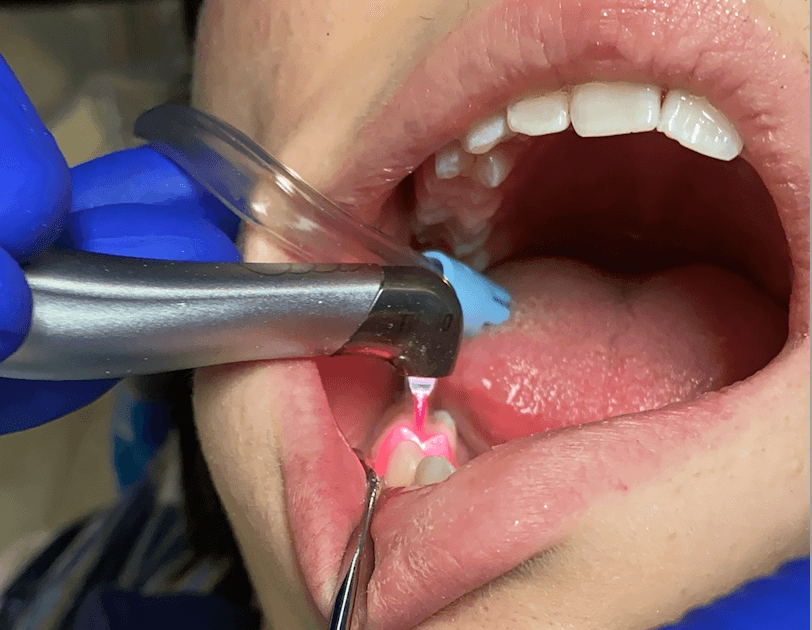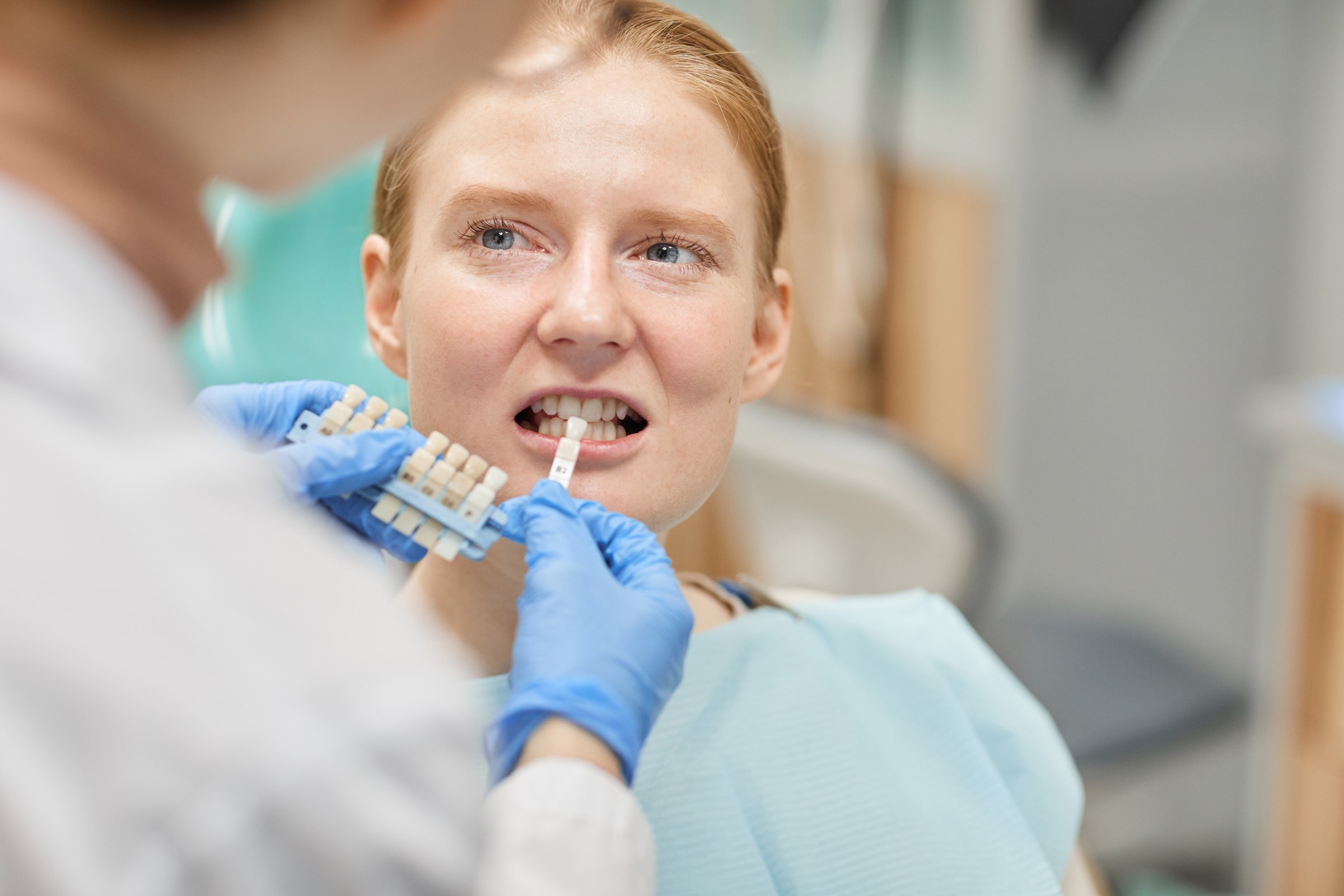Waterlase Technology – The Second Wonder of Laser Dentistry
Like every car has a second gear after the first, even laser dentistry has a second wonder after the first one. Biolase technology is a fantastic approach with a lot of benefits, and there is a second gear to it called waterlase technology. Waterlase technology is an advanced dental laser system that combines laser energy with a stream of water. This innovative approach allows the dentist to perform a variety of procedures with better precision and comfort for the patients in Michigan.
The approach here is that a special laser is used that interacts with water to make it more effective in cutting hard tissues like teeth or bones as well as soft tissues like gums. The capability allows the dentist to address issues such as cavities, gum diseases, or even surgical procedures without the need for traditional drilling or blades. In order to get treatment like this done, you have to make sure that you consult Lansing Michigan dental crowns and get all the right information.
What is WaterLase Technology?
WaterLase technology, developed by Biolase, is a type of Er, Cr laser that combines laser energy with hydroponics—the simultaneous application of water and laser. Unlike traditional dental tools like drills, which rely on friction and can cause heat, noise, and discomfort, WaterLase operates without generating heat or pressure. This makes it an excellent choice for minimally invasive procedures with reduced patient anxiety and faster healing times.
How WaterLase Technology Works
WaterLase uses a focused beam of Er,Cr laser energy that is absorbed by water molecules within the tissues. When the laser contacts the tissue, it energizes the water molecules, which in turn disrupts the bonds of the tissue in a controlled and precise manner.
Hydrophotonic Cutting Action: The combination of water spray and laser energy allows for a cool, comfortable cutting action on both soft and hard tissues without causing thermal damage or microfractures.
No Heat, No Friction: Unlike drills, which cause heat and friction, leading to discomfort, WaterLase technology works gently, resulting in minimal pain and the need for less or no anesthesia.

Clinical Applications of WaterLase Technology
WaterLase can be used across a wide range of dental specialties, offering improved outcomes in both general and cosmetic dentistry, as well as specialized treatments:
Cavity Preparation: WaterLase is highly effective in removing decayed tissue from teeth, allowing for conservative treatment that preserves healthy tooth structure.
Root Canal Treatment: The laser can disinfect and clean the root canal more efficiently than traditional methods, reducing the risk of infection and improving the long-term success of the treatment.
Periodontal Therapy: WaterLase is used for treating gum disease, including scaling and root planing and removing diseased gum tissue, which helps regenerate healthy tissue and bone.
Oral Surgery: WaterLase lasers can perform soft tissue surgeries like frenectomies, biopsies, and excisions with minimal discomfort and rapid healing.
The Future of WaterLase Technology in Dentistry
As dental technology continues to evolve, WaterLase is expected to remain at the forefront of dental care, paving the way for less invasive, more efficient, and more comfortable treatments. Its ability to handle a wide range of procedures across different specialties and its proven track record for improving patient outcomes make WaterLase a true marvel in modern dentistry.


